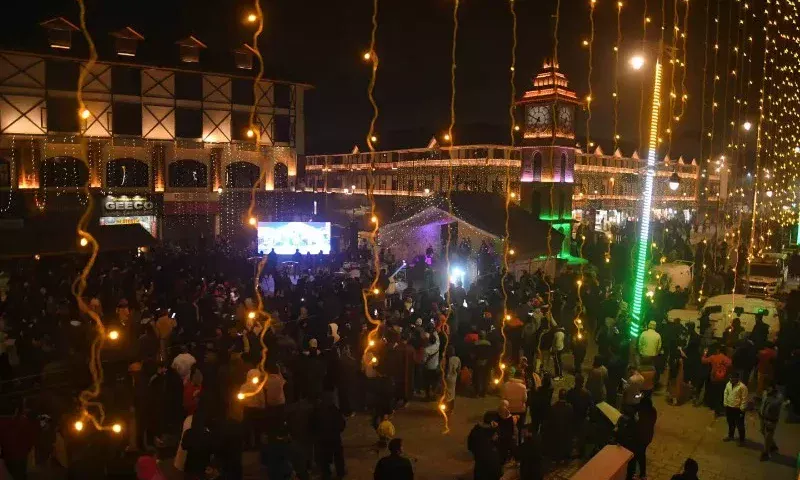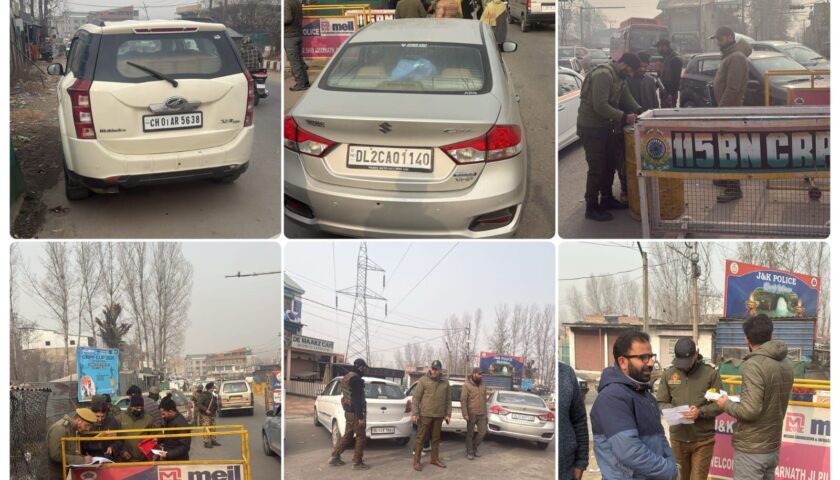On 21 January 1990, Gulle Kak was returning home after delivering newspapers in the vicinity when CRPF troops deployed on Gaw Kadal (bridge) stopped him to move further. Unaware of what was to unfold, Kak took a detour to reach his family.
“I parked my bicycle outside my house and started walking towards the bridge. I saw a large procession coming towards the bridge from the civil area side. As the protesters reached the bridge, the CRPF troops opened fire on the procession,” Kak said.
“Before I could understand what was happening, the people fell on the ground like a pack of cards. Whosoever was in the middle of the bridge fell down,” Kak recalls.
“I saw two people embracing each other before they were shot and fell into a ditch. It was a doomsday”
Kak said the troops then started checking each person to make sure they are all dead.
“Whosoever was breathing, the troops pumped more bullets into them,” he said.
Human rights groups say 51 persons were killed in the massacre while 250 got injured. Though official figures put the number of fatalities at 21.
Police in FIR no 3/90 registered at Kralkhud Police Station under RPC 307, 148, 149, 188 and 153 stated that the CRPF troopers had opened fire to stop “unruly mob raising anti-India and anti-forces slogans” heading towards Lal Chowk at Gaw Kadal.
Shakeel Khan, who is an eyewitness to the incident, said that it was a “mayhem”.
“It was a peaceful protest. People from the nearby vicinity had gathered to protest against the highhandedness of troops,” Khan said.
Khan said the day before the massacre, troops had barged into several houses in an old city locality called Chota Bazar and conducted wanton arrests besides molesting some women.
“So, people actually were on the streets to protest against the nocturnal raids conducted by CRPF the other night,” Khan said. “Without any warning, CRPF opened indiscriminate fire towards the protesters. There were heaps of dead bodies everywhere”
The memories of the massacre are still haunting the survivors and the victims who had a close shave with death.
The State Human Rights Commission had ordered an inquiry into the case on December 27, 2012 following a petition filed by International Forum For Justice and Human Rights Forum (IFJHRJK).
On 22-11-2017, then Inspector General of Police, Munir Ahmad Khan, submitted a report with SHRC.
In the report, it is said that in context of the case, it is submitted that on 08-09-2013, the CD file of the case stands submitted to the prosecution section of PHQ J&K, through Head Constable Ghulam Ahmad no. 4165/S vide DDR no 18.
“It is apt to mention here that the observation of SP SHRC that authorities have failed to identify the magistrate detailed to Gawkadal area on the day of occurrence is completely misplaced and misconceived,” reads the report.
The Police report also identifies the names of 22 civilians killed in the massacre and also mentions the names of 12 others who were injured.
Talking to Kashmir Post, Chairman IFJHRJK Ahsan Untoo said that 31 years on, family members still await justice.
“AllaBaksh then SP Police under which the entire incident took place is dead. Nobody has been booked till date,” Untoo said.




